The Public Life of Sherlock Holmes: Bogart’s The Caine Mutiny
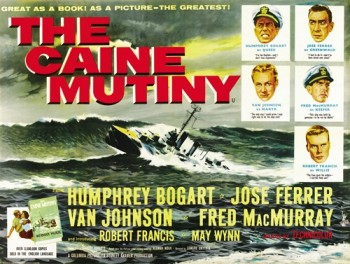 I’m fortunate in that the powers that be at Black Gate let me roam way off topic once in a while. The fantasy stuff isn’t really a stretch, since that’s at the heart of Black Gate itself. Other times, I’m just talking about something I really like. Such as, say, Humphrey Bogart.
I’m fortunate in that the powers that be at Black Gate let me roam way off topic once in a while. The fantasy stuff isn’t really a stretch, since that’s at the heart of Black Gate itself. Other times, I’m just talking about something I really like. Such as, say, Humphrey Bogart.
The first two posts (The Return of Doctor X and The Maltese Falcon) about the greatest actor of all time actually fit within the Black Gate milieu. The third (about Bogie and George Raft), not really. Today’s has a military tie-in, which is a sometimes Black Gate subject.
Bogart had broken through in 1941 and was still a superstar in 1954, when he made three very different types of movies. The second, Sabrina, was a light-hearted romantic comedy, costarring Audrey Hepburn and William Holden. I actually prefer the remake, with Harrison Ford, Julia Ormond and Gregory Kinnear.
The third, The Barefoot Contessa, was a ponderous, garish melodrama. Four-time Oscar winner Joseph Mankiewicz directed, with Ava Gardner and Edmond O’Brien co-starring. The movie collapses under its own weight.
Say it Again, Sam – Bogie only managed to secure one Oscar: for The African Queen. He certainly deserved more.
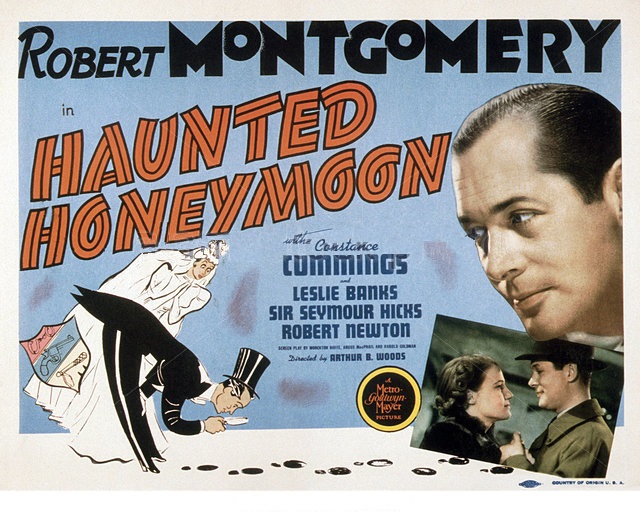
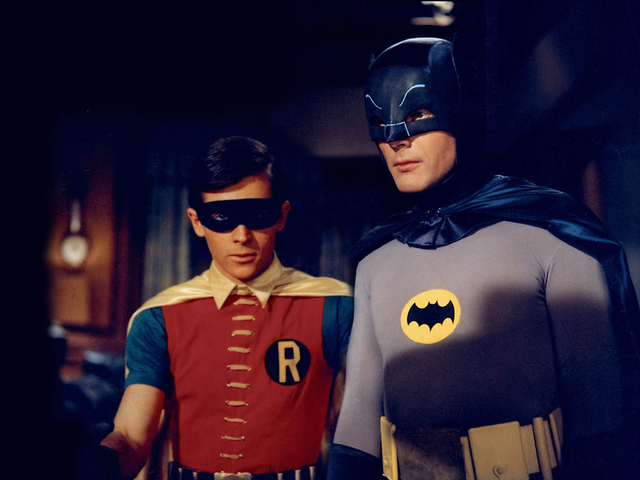
 The evening of Saturday, July 23, was going to be busy for me, with three shows at the De Sève Theatre. First, a showcase of short films called Born of Woman, which the Fantasia program told me would feature nine films by women directors “centred largely around themes of the body and interpersonal malaise.” Then after that two science-fiction features. The first would be Realive, about a man from our time (or close to it) who dies and is cryonically revived in 2083. The second would be Tank 432, about a squad of soldiers seeking shelter from a surreal battle within a battered tank. It looked like a promising night, and it got off to a good start in the late afternoon with the Born of Woman showcase.
The evening of Saturday, July 23, was going to be busy for me, with three shows at the De Sève Theatre. First, a showcase of short films called Born of Woman, which the Fantasia program told me would feature nine films by women directors “centred largely around themes of the body and interpersonal malaise.” Then after that two science-fiction features. The first would be Realive, about a man from our time (or close to it) who dies and is cryonically revived in 2083. The second would be Tank 432, about a squad of soldiers seeking shelter from a surreal battle within a battered tank. It looked like a promising night, and it got off to a good start in the late afternoon with the Born of Woman showcase.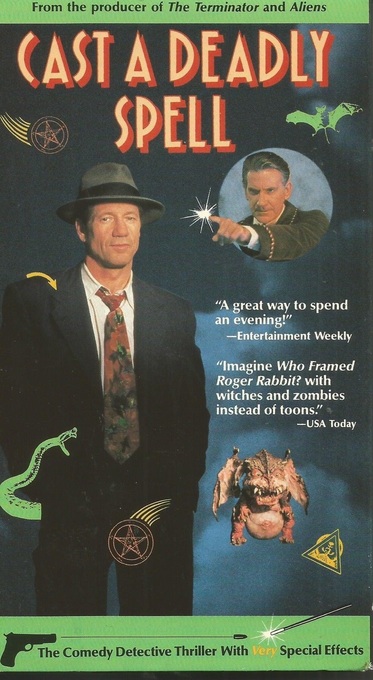
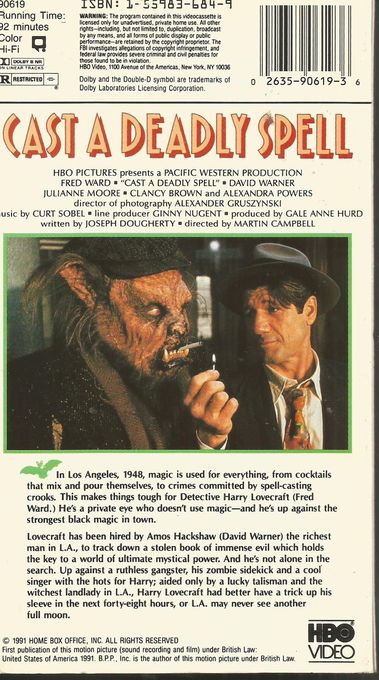
 Saturday, July 23, was going to be a long day for me at the Fantasia film festival, filled with some tough choices about what to watch. Some of those choices were clarified early on, when thanks to the good work of the people at Fantasia I was able to watch a screener of Assassination Classroom: The Graduation. That resolved a schedule conflict later in the day, and just after noon I’d see my first theatrical screening: Nova Seed, a Canadian animated feature that was playing with an almost half-hour-long short film from Mexico, Revoltoso. After that I had a couple hours until the next set of movies, and I planned to get a good meal. This did not happen. Instead I’d end up taking a test drive of the future — or what seems to me like the future, or at least like a future.
Saturday, July 23, was going to be a long day for me at the Fantasia film festival, filled with some tough choices about what to watch. Some of those choices were clarified early on, when thanks to the good work of the people at Fantasia I was able to watch a screener of Assassination Classroom: The Graduation. That resolved a schedule conflict later in the day, and just after noon I’d see my first theatrical screening: Nova Seed, a Canadian animated feature that was playing with an almost half-hour-long short film from Mexico, Revoltoso. After that I had a couple hours until the next set of movies, and I planned to get a good meal. This did not happen. Instead I’d end up taking a test drive of the future — or what seems to me like the future, or at least like a future.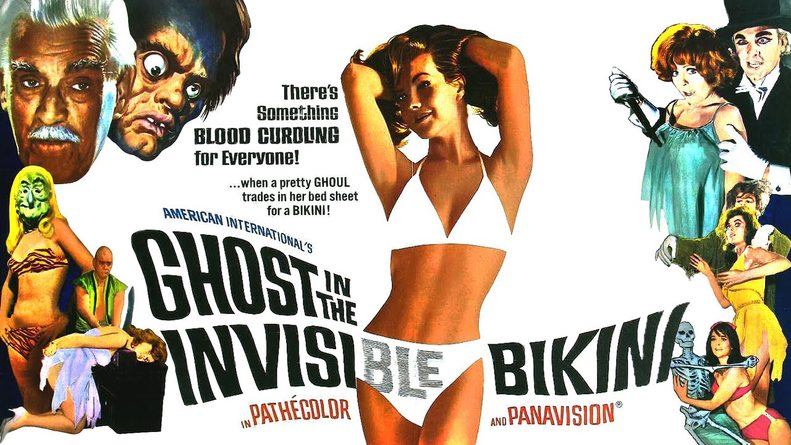
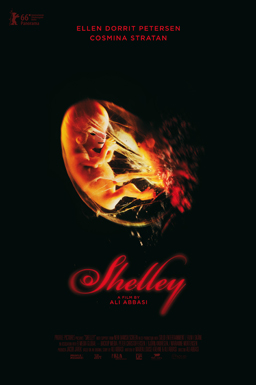 Weekends are busy at the Fantasia International Film Festival, and Friday, July 22, saw things beginning to ramp up for me after a slow few days. After much internal debate, I decided to see three movies, all of them horror films of different kinds. First came the Danish film Shelley, at the Hall theatre, about sinister events around a surrogate mother in an isolated household. Then would come a Japanese film, The Inerasable (Zange —Sunde wa Ikanai Heya), about two women investigating a ghost manifesting in an urban apartment. Finally would come an animated Korean zombie movie, Seoul Station (Seoulyeok). They promised three very different tones. And, as it turned out, delivered nicely.
Weekends are busy at the Fantasia International Film Festival, and Friday, July 22, saw things beginning to ramp up for me after a slow few days. After much internal debate, I decided to see three movies, all of them horror films of different kinds. First came the Danish film Shelley, at the Hall theatre, about sinister events around a surrogate mother in an isolated household. Then would come a Japanese film, The Inerasable (Zange —Sunde wa Ikanai Heya), about two women investigating a ghost manifesting in an urban apartment. Finally would come an animated Korean zombie movie, Seoul Station (Seoulyeok). They promised three very different tones. And, as it turned out, delivered nicely.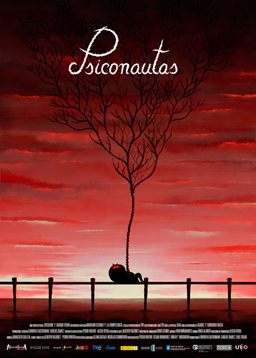 There was one movie scheduled at Fantasia on Thursday, July 21 that I was determined to see: a science-fiction anime called Harmony (Hamoni). Since I had time free beforehand, I decided I’d first head to the festival’s screening room to watch something I’d missed or would be unable to see later. There, I looked over the selection available and settled on Psychonauts, the Forgotten Children (Psiconautas, los niños olvidados), an animated film from Spain. I liked the idea of a double feature of two very different cartoons.
There was one movie scheduled at Fantasia on Thursday, July 21 that I was determined to see: a science-fiction anime called Harmony (Hamoni). Since I had time free beforehand, I decided I’d first head to the festival’s screening room to watch something I’d missed or would be unable to see later. There, I looked over the selection available and settled on Psychonauts, the Forgotten Children (Psiconautas, los niños olvidados), an animated film from Spain. I liked the idea of a double feature of two very different cartoons. As I’ve said before, sometimes the movies I see at Fantasia on a given day have a common theme. And sometimes they don’t, however much it might look like they ought to. On Wednesday, July 20, I’d go downtown to the Hall Theatre to watch an oddity: a restored Japanese propaganda cartoon from World War II, Momotaro, Sacred Sailors (Momotaro, Umi No Shinpei). Then I planned to head across the street to the De Sève and watch an independent American horror film, The Alchemist Cookbook. I hoped to make it back to the Hall after that in time to watch the second in a series of Japanese science-fiction action movies, Library Wars: The Last Mission (Toshokan Sanso: The Last Mission). It looked like a packed day, and I wondered how the movies would play off of each other.
As I’ve said before, sometimes the movies I see at Fantasia on a given day have a common theme. And sometimes they don’t, however much it might look like they ought to. On Wednesday, July 20, I’d go downtown to the Hall Theatre to watch an oddity: a restored Japanese propaganda cartoon from World War II, Momotaro, Sacred Sailors (Momotaro, Umi No Shinpei). Then I planned to head across the street to the De Sève and watch an independent American horror film, The Alchemist Cookbook. I hoped to make it back to the Hall after that in time to watch the second in a series of Japanese science-fiction action movies, Library Wars: The Last Mission (Toshokan Sanso: The Last Mission). It looked like a packed day, and I wondered how the movies would play off of each other.